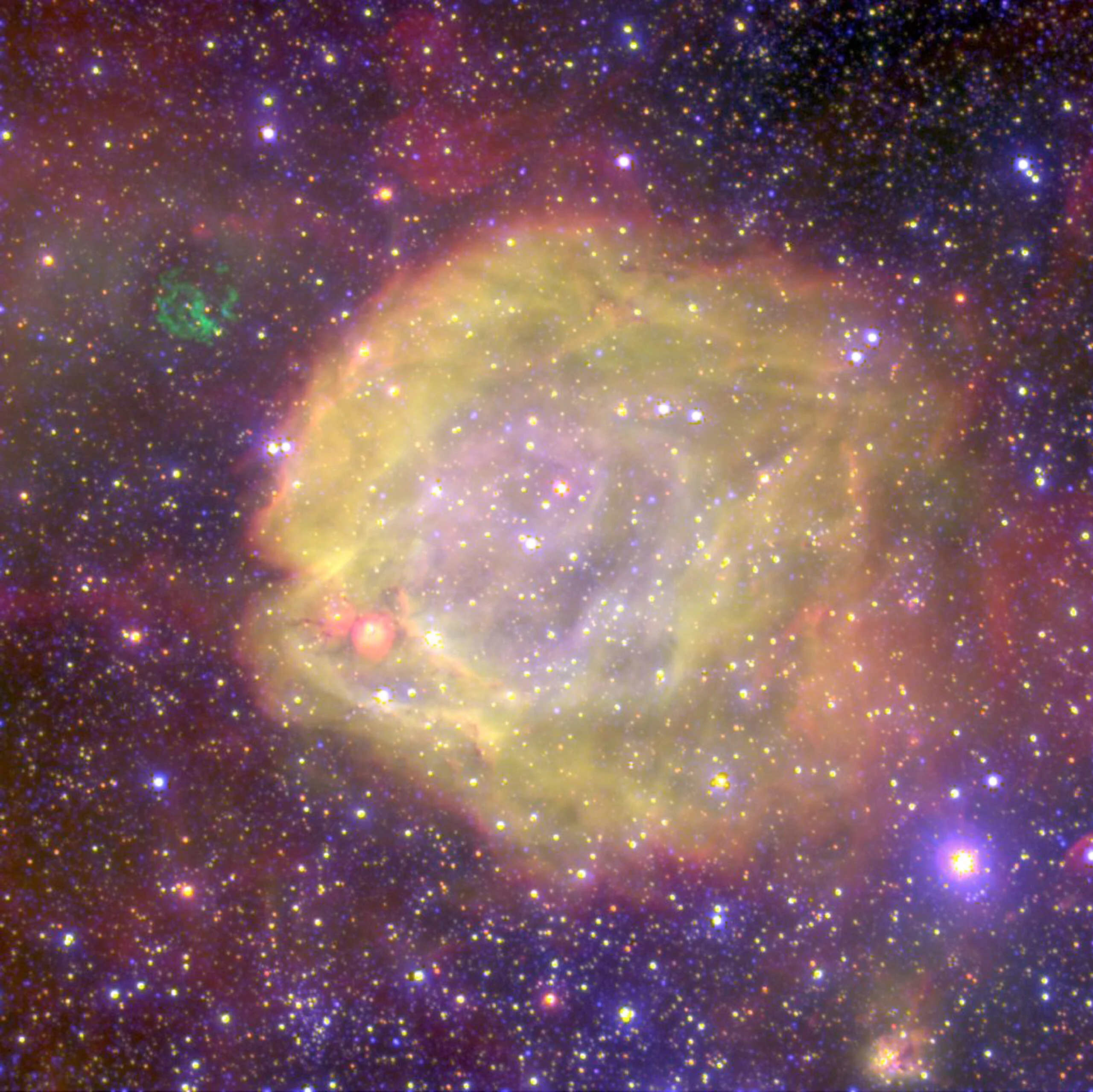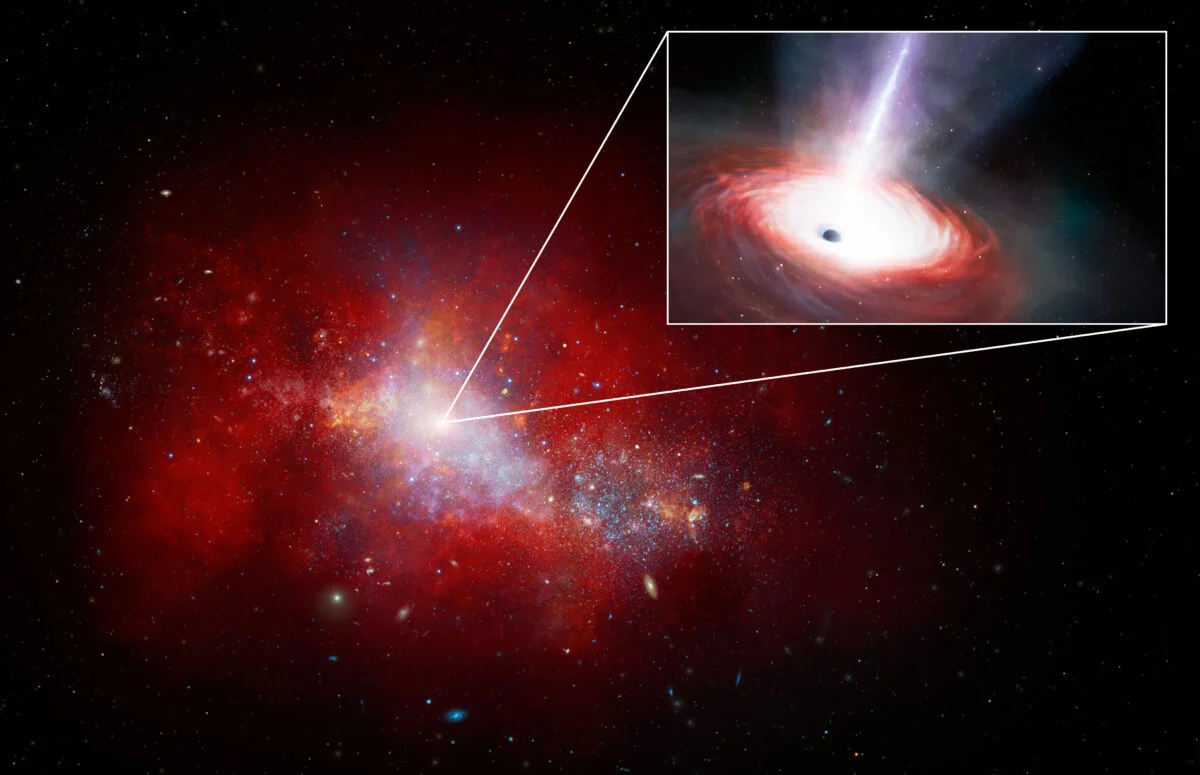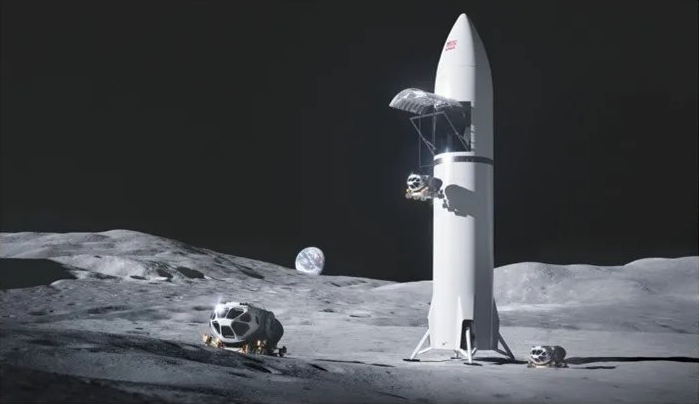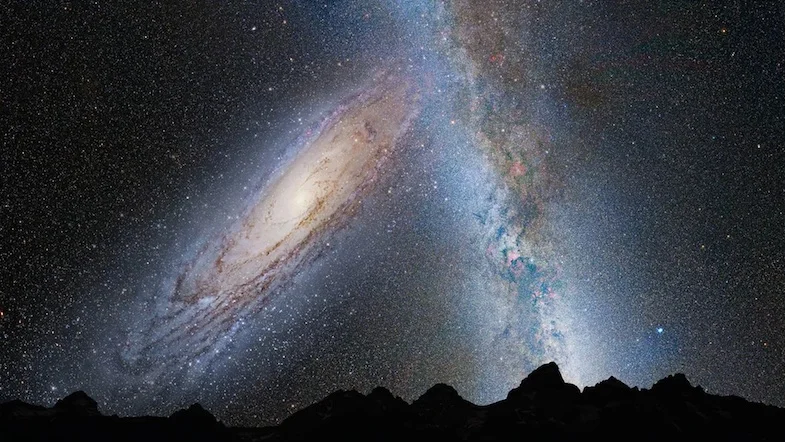
How Some Black Holes Maintain Long-Distance Relationships
- Exotic objects
- October 26, 2024
- 1211
Recent research has uncovered intriguing insights into the relationships between black holes and their stellar companions, shedding light on how certain systems defy traditional expectations. Using data from the European Space Agency’s Gaia mission, astronomers identified two previously unknown black holes—designated BH1 and BH2—each paired with Sun-like stars. The discovery challenges existing theories of black hole formation and stellar interactions.
A Black Hole Mystery
Black holes are typically detected indirectly, often through the high-energy radiation emitted when they siphon gas from a close-orbiting companion star. However, BH1 and BH2 were identified differently: their companion stars displayed orbital patterns indicating the presence of a massive, invisible object. Calculations revealed that these unseen companions are black holes with masses about eight to nine times that of the Sun. Surprisingly, the companion stars remain in wide, elongated orbits—something previously thought improbable.
Why These Systems Shouldn’t Exist
To form a black hole, a massive star must end its life in a supernova explosion. During this process, intense stellar winds and expansion into a red giant typically destabilize or destroy nearby Sun-like stars. Smaller stars are usually ejected from the system, merge with the massive star, or grow substantially in mass due to material transfer. Yet, in the BH1 and BH2 systems, the companion stars not only survived but maintained their relatively low mass and distant orbits.
A Possible Path to Survival
To explain this anomaly, researchers turned to advanced computer simulations. They hypothesized that high-metallicity stars—rich in heavy elements—might evolve differently. These stars could produce exceptionally strong stellar winds, limiting their expansion during the red giant phase. As a result, the smaller companion star could avoid destabilization and remain intact, even as the massive star collapses into a black hole.
The simulations confirmed that this scenario is plausible and may even be common. High-metallicity stars, if sufficiently massive (at least 80 solar masses), could create pathways for black hole formation that leave their Sun-like companions largely unaffected.
Implications and Future Research
This discovery suggests that binary systems like BH1 and BH2 might be more prevalent than previously assumed. Researchers believe hundreds of similar systems could be hidden within Gaia’s existing data, awaiting discovery. These findings not only provide new insights into stellar evolution but also challenge conventional wisdom about black hole formation and binary star dynamics.
Future studies will focus on identifying more of these unusual systems and analyzing their orbital patterns to deepen our understanding of the complex interplay between stars and black holes. Such research has the potential to redefine our knowledge of how black holes form and interact within their cosmic environments.



